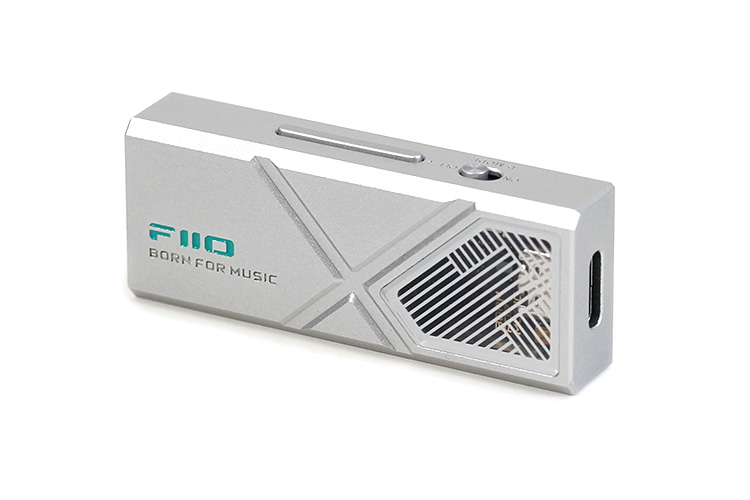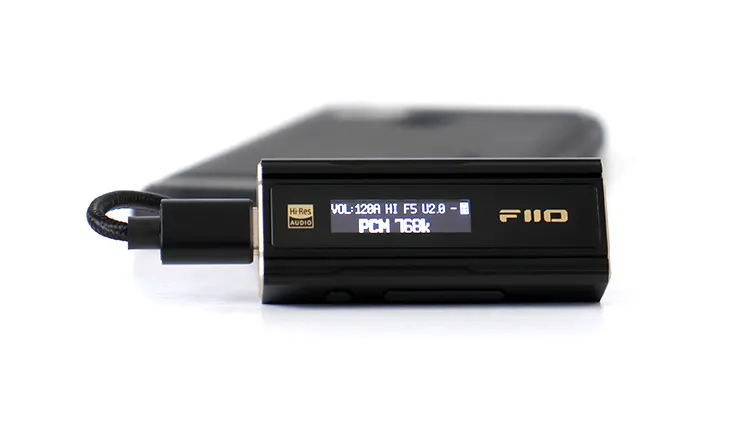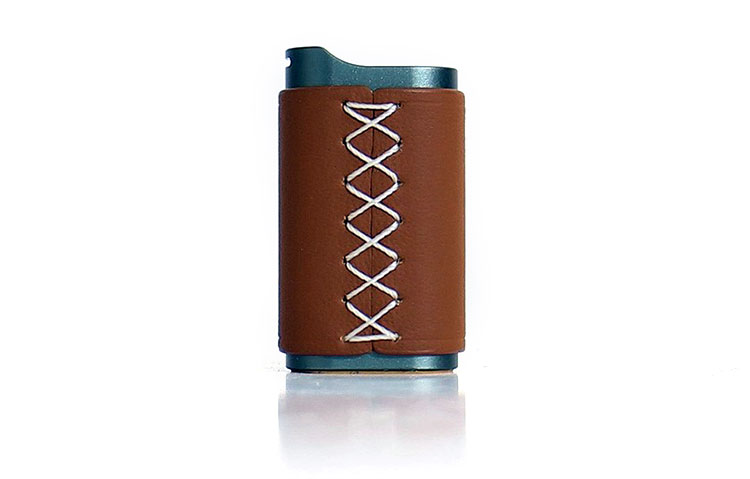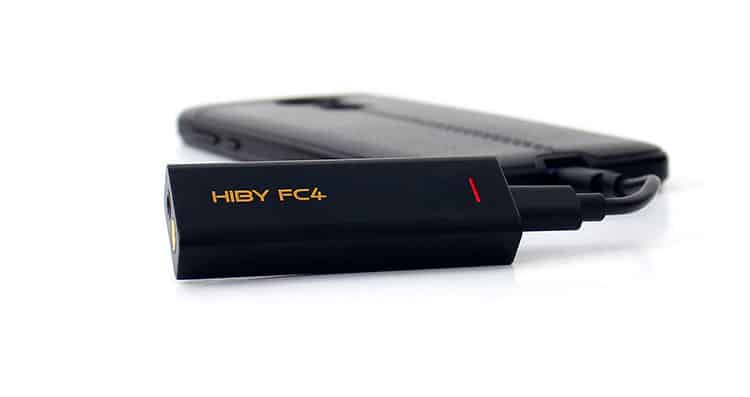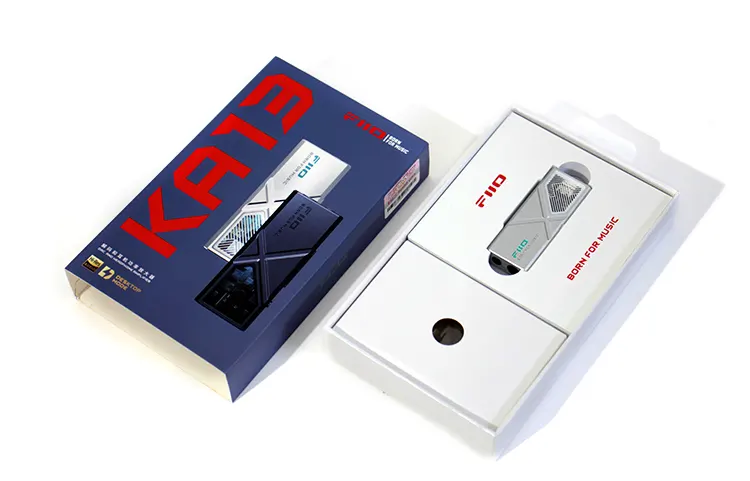Synergy
Power
The FiiO KA13 desktop mode is powerful enough to drive some power-hungry headphones like my HIFIMAN Arya V2 off the 4.4mm plug and on desktop mode, and of course the HIFIMAN Organic variant but if you’re using the dongle feed by a mobile device, battery life will go down considerably. I’d say it’s cut to less than half the normal lifespan.
But if you’re using IEMs, the non-desktop mode low gain is sufficiently loud and is tuned rather high in gain compared to other dongles that have a similar two-gain switch.
You can certainly use cans like Meze Audio’s 99 Classics, and the SIVGA SV023, but not a set of Dekoni Audio Blue cans due to their 3-pole connectivity. I doubt the 550mW will be sufficient enough power to move these particular cans anyhow.
Pairing
One thing I noted was that when I connected the KA13 to my PC or my secondary machine I would have to physically switch audio devices at times. It could be my OS but the other dongles I was testing at the time, including the KA5 did so automatically every time.
It’s a small annoyance only when the KA13 is used as a desktop model. The KA13 excelled as a portable companion with a mobile device and all my similar devices worked smoothly with no compatibility issues and the DAC section was solid, stability-wise all the time.
So in that light, plus adding the fact that there’s a high increase in battery consumption in the desktop mode, I would say that depending on use, if you go portable use IEMs and disable the desktop mode.
I tried most of FiiO’s lineup with the KA13. From their top model, the FX15 to the highly affordable JD3. By the way, I could not verify if the KA13 has a microphone feature and I tried Android and PC equipment and neither worked.
Select Comparisons
FiiO KA5
Technical
The KA5 was recently introduced as FiiO’s flagship model in the dongle DAC segment and it does have some interesting features. The most obvious is the LED display along with the digital features that are selectable onboard with no need to install an app.
That feature makes this dongle PC friendly more so versus the newer KA13 which does have selectable filters but the feature is only accessible through their Control app. The app connected to the KA5 includes more features like the selectable class H DAC mode which makes the dongle easier on your battery life.
Besides these features the KA5 steps up to a higher tier set of CS43198 DAC chips and mounts them on a 6-layer PCB. On the contrary side of the coin, there’s a small change within their OP amp output stages in that the KA13 uses dual 8262 chips versus the dual 8261 chips used by the KA5.
There are differences between these two. The high-speed amplification labeled 8262 is a small upgrade and demonstrates improved slew rates, operates on voltage feedback, and offers improved linearity plus the ability to produce more power on tap.
Design
These two dongles were cut on the same slicer but with a small modification done to the mold to accommodate the raised top section that accommodates the LCD screen of the KA5.
Both these models are very similar in size as far as width and length but the KA5 has an additional 2 or 3 millimeters of girth in the top area due to the addition of the screen.
Connectivity is identical but power output is not, and although the KA5 is still considered the flagship model, it only can offer 265mW per side on the balanced 4.4mm plug and 122mW on the 3.5mm SE side.
Performance
I found a peculiar characteristic that might interest the reader. It seems the KA5 3.5mm output has more driving power behind it compared to the same output port on the KA13. So if you’re using a 3.5mm exclusively this information might be of interest to you.
But more important, is that the KA5 has the juicier bass response and is rather present more so compared to the KA13, particularly in the lower bass region and midrange section. So it seems the better tuning and overall best sound quality belongs to the KA5 and it’s still the top dog on my list and of the FiiO dongle DAC lineup.
Matter of fact, you can kick the DAC section on the KA5 into H mode and save on battery life but the KA13 omits that feature within the app giving the buyer another reason to go with the higher tier KA5, the additional app features and a reduction in power consumption.
ddHiFi TC44C
Technical
If you prefer a dongle with a smaller footprint, and perhaps a twist and veer from conventional design then the ddHiFi TC44C might appeal to you.
However, the tradeoff here is a lack of features and no app either. The TC44C is a barebones model and relies on a dual CS43131 setup but no additional amplification and relies on the onboard Cirrus Logic chips amplification section that can only push 120mW per side max.
It does lack power compared to the KA13 but it takes up some of the slack by incorporating a unique circuitry design and house cleaning. ddHiFi took some of the components and isolated them from the power circuitry by using two separate boards.
They also used high-quality soldering and OCC interconnection lines in between assuring a clean transfer of current but maintaining an interference-free environment and maintaining circuitry noise to a minimum.
Design
One aspect I like and dislike at the same time is the Lanyard hole or slot which allows you to hang the TC44C from a neckstrap but it simultaneously gets in the way of some girthy 3.5mm and you’re limited to using a thin profile 3.5mm plug. The 4.4mm balanced connector doesn’t suffer the same fate.
The half-sized stature of the TC44C comes with a cover that raises the cuteness level overall apart from adding a layer of protection. This is an included feature that the other dongles lack so here’s another niche that makes up for the lack of software.
Performance
The TC44C sound signature in general sounds a bit like the KA5. It provides a good ability to produce bass at the bottom range, a midrange response that seems linear in response, and highs that are well controlled by remaining in the background and not in frontal attack mode.
The problem lies in the power output capability. The TC44C seems less powerful over the KA5 and even more so over the KA13 which has proven itself to cough out the goods as far as raw power.
However, if you’re using IEMs exclusively, the TC44C might excel because of the smooth sonic character it produces and more so compared to all the dongles in this comparison. It just lacks raw power.
It seems to project an expansiveness aspect that presents music in a wider, and airy manner but perhaps one could say that it doesn’t excel in detail retrieval. Only a handful of dongles in higher price ranges can claim that throne.
HiBy FC4
Technical
The FC4 is another dongle with a dual DAC chip setup consisting of a pair of ESS9218 along with a pair of ES9603Q amplification chips that compliment the DAC implementation perfectly and are configured in a similar dual mono circuitry design.
The FC4 shares the same connectivity, a 4.4mm connection, a 3.5mm connection, and a USB-C input port. One connectivity feature that’s available on the KA13 is the SPDIF out capability while I don’t remember that feature being available on the FC4.
But it makes it up by offering onboard MQA 8x unfolding, a Bauhaus design, and a reasonable amount of power available on tap. Of course, the KA13 wins on that front but the FC4 can still cough up 340mW per side.
Design
The HiBy FC4 is a larger dogle and it seems half an inch longer compared to the KA13. However, HiBy only managed to incorporate a sole volume rocker and no other features are available onboard.
What counterbalances the size aspect is that the HiBy FC4 has rounded edges and the shell generally feels better in the hand. FiiO dongles, on the other hand, have sharp edges and corners.
The KA13 improved this aspect as far as sharp edges and it seems FiiO took some time and care into removing the sharp edges a bit. But the corners and the edges, in particular, remain well-defined, to say the least.
Performance
The HiBy FC4 seems to have a frontal and even more concentric vocal presentation compared to the KA13. The KA13 seems more expansive in general but faded in presence and pushed forward.
Frequency bands in the lower regions are equally produced by both dongles but up on top, the KA13 has less presence but a smoother response overall.
The one aspect that the KA13 has that can be of concern is the amount of power it can consume when connected to a mobile phone’s USB port and in desktop mode.
The FC4 seems more efficient at pushing harder to drive loads. The battery drain is the tradeoff but that issue becomes nill while connected in a desktop scenario.
Our Verdict
FiiO and Jade Audio undercut themselves here with the release of the KA13 because it outperforms the KA3 in every way and at a reduced price tag to boot so I suspect they will eventually phase that model out. However, the KA5 is still my favorite model even though it has less power output.
I would label the KA13 a dual-purpose dongle DAC amplifier that excels in desktop mode with an increase in battery consumption. But when the desktop mode is switched off, it excels as a dongle DAC and the above issue fades away.
The FiiO KA13 at its price point is unbeatable especially if your main objective is to obtain max power output at the set cost. It’s what makes the KA13 appealing. The fact is that although you’re getting one of the most powerful dongles out there, it’s still highly affordable.
FiiO KA13 Technical Specifications
- Colors: Black and Dawn Silver
- DAC chips: Dual CS43131
- OP Amp chip: Dual SGM8262
- Supported audio formats: Up to 384k/32bit DSD256
- USB connection: 2.0 Type C
- Dimensions: 56.3 x 22 x 10.5 mm
- Weight: About 18.5g
- SE Output: 170mW +170mW @ 32Ω THD-N ≤1% SNR 123db
- Balanced Output” 550mW + 550mW @ 32Ω THD-N ≤1% SNR 122db
- Noise floor: Bal ≤1µV A weighted / SE 1.7µV A weighted
- Output impedance: 1.8Ω (32Ω load balanced)
- THD+N: Bal ≤0005% / SE ≤ 0.0005% 32Ω load

